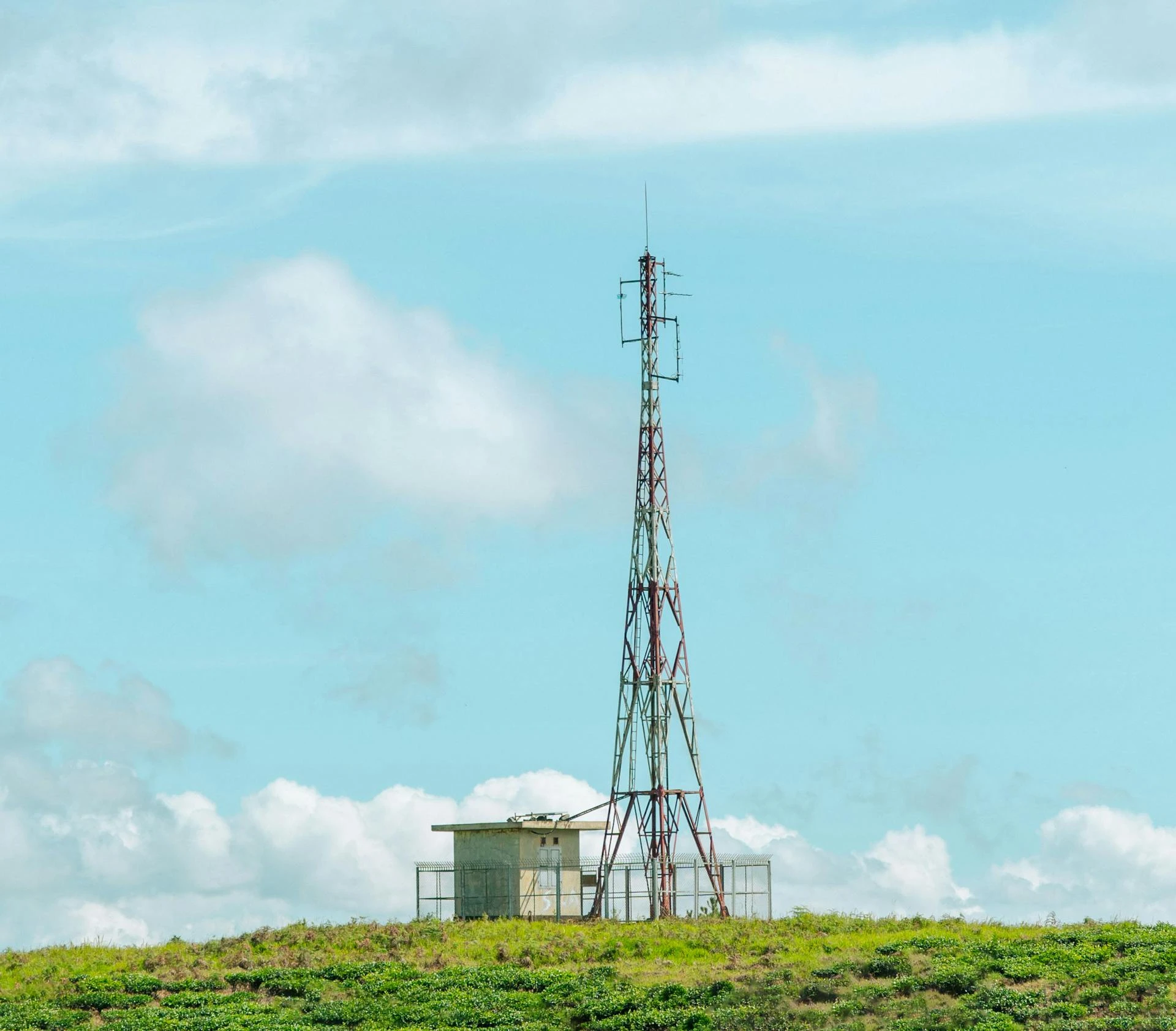I’m thrilled to sit down with Christopher Hailstone, a seasoned expert in energy management and renewable energy solutions. With his deep knowledge of electricity delivery and grid reliability, Christopher has become a go-to authority on innovative power solutions for mission-critical environments like data centers. Today, we’re diving into the transformative potential of fuel cell technology, exploring how it addresses the escalating power demands driven by artificial intelligence, overcomes the shortcomings of traditional onsite power systems, and offers a reliable, scalable, and sustainable alternative for the digital era.
How has access to power emerged as the top priority when selecting locations for data centers in recent years?
Access to power has become the linchpin for data center development because the sheer scale of energy needs has skyrocketed. Historically, factors like proximity to fiber networks were key, but now, without immediate and reliable power, projects can’t move forward. Delays in power availability lead to stalled schedules, increased costs, and strained relationships with communities and customers. It’s a make-or-break issue, especially as demand continues to grow exponentially.
What role has the rise of artificial intelligence played in amplifying the power demands of data centers?
AI has fundamentally changed the game. The computational workloads for AI applications are incredibly intensive, driving power needs far beyond what we’ve seen in the past. In major data center hubs, we’re projecting demand to more than double over the next decade or so. This isn’t just about backup power anymore; onsite generation has become a primary source to keep operations running and support critical infrastructure under these massive loads.
What are some of the key challenges data centers face when reliable power isn’t immediately available?
When power isn’t ready, projects grind to a halt. You’re looking at idle equipment, missed deadlines, and significant financial losses. For tech companies, every day of delay means lost revenue, especially when GPUs and other high-performance systems are sitting unused. Plus, it can damage trust with clients who expect rapid deployment and uptime, and even create friction with local communities if promised economic benefits don’t materialize on time.
Can you walk us through the limitations of traditional onsite power solutions like gas turbines and reciprocating engines for data centers?
Traditional systems like gas turbines and engines have been around for a long time, but they’re showing their age. They’re noisy, produce significant carbon emissions, and often require a lot of water to operate. On top of that, they face slow permitting processes due to environmental and community concerns. In an industry where speed and sustainability are critical, these drawbacks make them less competitive for modern data center needs.
How do fuel cells, particularly high-temperature solid oxide fuel cells, stand out from conventional power generation methods?
High-temperature solid oxide fuel cells, or SOFCs, are a game-changer because they operate on a completely different principle. Unlike traditional methods that rely on combustion, fuel cells convert natural gas directly into electricity through a chemical process. This approach not only cuts out a lot of inefficiencies but also reduces emissions and noise. It’s a cleaner, quieter, and more efficient way to generate power right at the source.
What advantages do fuel cells offer in terms of efficiency compared to older technologies?
Fuel cells can achieve 15% to 20% higher efficiency than most gas turbines or engines. This means they use less fuel to produce the same amount of power, which translates to lower operational costs and a smaller environmental footprint. The capital cost savings become even more pronounced when you factor in the need for high availability, as fuel cells don’t require the same level of redundant backup systems that traditional technologies often do.
How do fuel cells support the rapid and unpredictable power demands driven by AI workloads?
AI workloads are notoriously volatile, with power demand swinging dramatically in milliseconds. Fuel cells are uniquely suited to handle this because they’re solid-state devices with no moving parts or mechanical lag. They can respond instantly to load changes, stepping up or down without the need for large battery arrays that turbines or engines often rely on. This responsiveness ensures consistent performance for data centers running AI applications.
Can you explain the significance of the modular design in fuel cell systems and its benefits for data center operators?
The modular design of fuel cells is a huge advantage. It’s essentially a plug-and-play setup where you can add capacity incrementally as demand grows. For data center operators, this means they can scale power precisely with their compute needs without overbuilding or risking stranded assets. If a module needs maintenance, it can be swapped out without shutting down the entire system, ensuring continuous operation.
How do fuel cells maintain reliability during extreme conditions or grid disruptions?
Fuel cells are incredibly resilient, largely because they connect directly to the natural gas grid, which tends to be more stable than the electric grid during outages. They’ve proven their ability to keep data centers running through hurricanes, floods, wildfires, and other extreme events. With built-in redundancy and no moving parts to fail, they offer a level of dependability that’s critical for mission-critical environments.
What’s your forecast for the role of fuel cells in shaping the future of data center power solutions?
I see fuel cells becoming the standard for onsite power in data centers over the next decade. As AI and digital infrastructure demands continue to grow, the need for clean, scalable, and reliable power will only intensify. Fuel cells check all those boxes, and with ongoing advancements in deployment speed and cost efficiency, they’re positioned to redefine how we think about powering the digital economy. I expect we’ll see widespread adoption as more operators recognize their strategic value.









